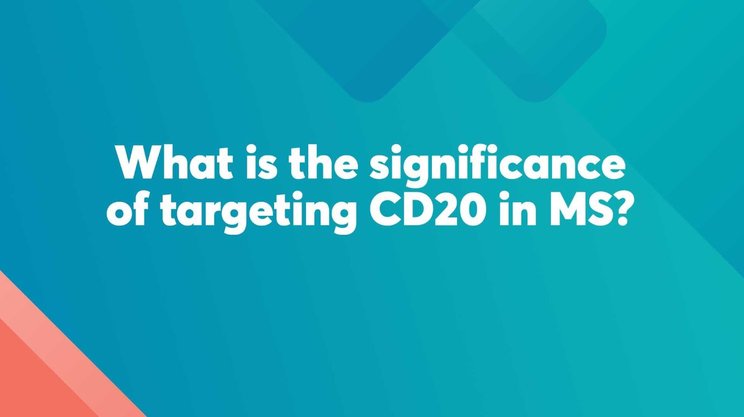
KESIMPTA is a targeted and precisely delivered B-cell therapy for relapsing multiple sclerosis1-3
Watch the mechanism of action (MOA) video
KESIMPTA is thought to work by selectively binding to sites on both the small and large extracellular loops of CD20.4
KESIMPTA causes CD20+ B cells to be vulnerable to both immediate and delayed B-cell lysis by mechanisms such as complement-dependent cytotoxicity and antibody-dependent cellular cytotoxicity4

B cells in the lymph nodes
Preclinical studies showed that SC delivery preferentially targeted B cells in the lymph nodes2,3,5

B cells in the spleen
SC delivery of KESIMPTA is thought to spare B cells in the spleen to help maintain immune function, based on preclinical evidence1
The precise mechanism by which KESIMPTA exerts its therapeutic effects is unknown.
The clinical relevance of these data is unknown.
View the B-cell data below

DIGITAL EDUCATION LAB
See expert perspectives on the KESIMPTA MOA

Dr Patricia K Coyle* MD, FAAN, FANA
Comprehensive Care Center
Stony Brook University Hospital
Stony Brook, NY
"What's unique about KESIMPTA? There are studies that suggest the subcutaneous delivery allows the monoclonal antibodies to get to lymph nodes and lymphoid tissues in a more marked way...knocking out B cells in those lymph nodes."
*Dr Coyle is a paid consultant for Novartis.
LLN, lower limit of normal; MS, multiple sclerosis; SC, subcutaneous.
